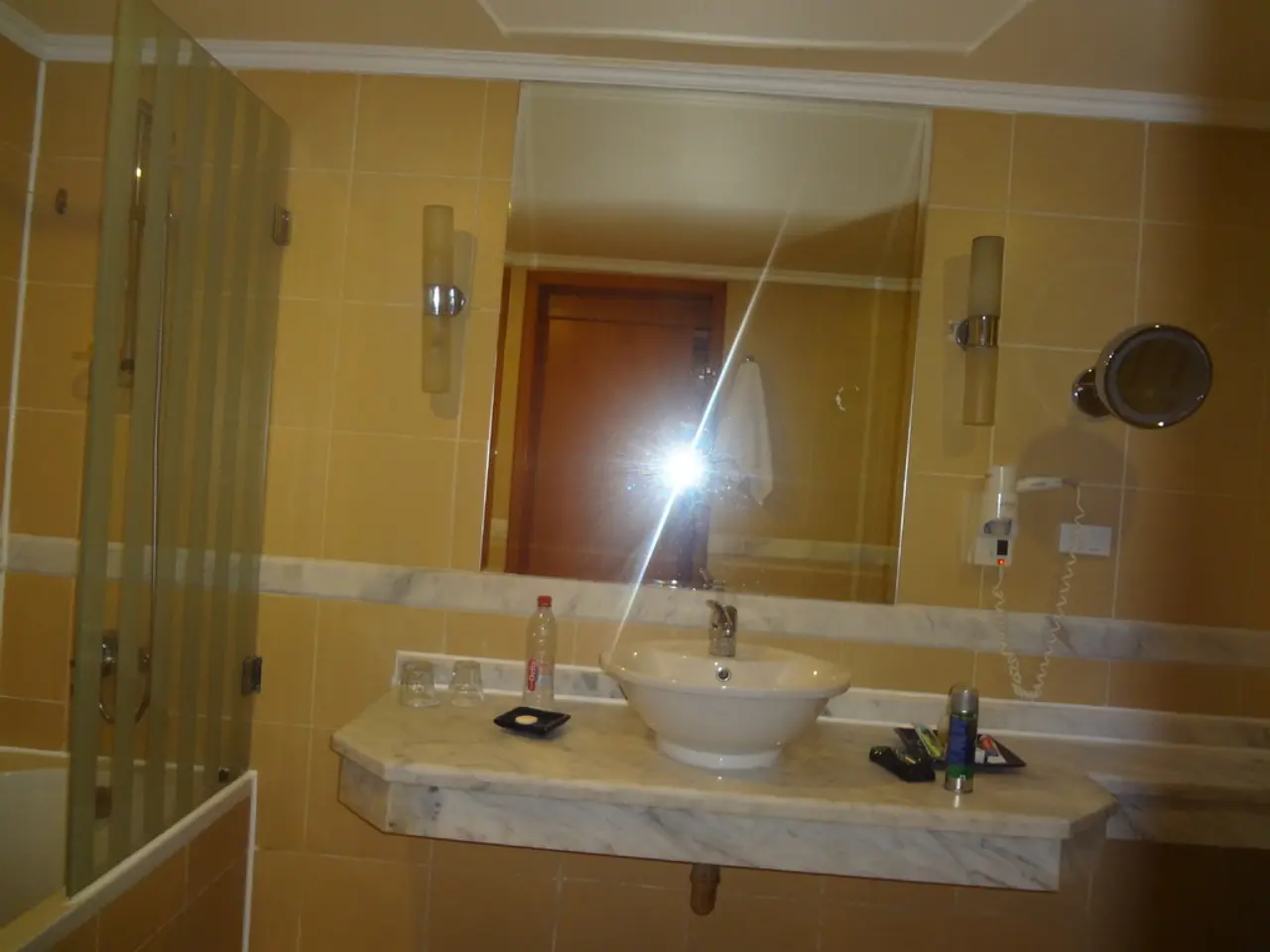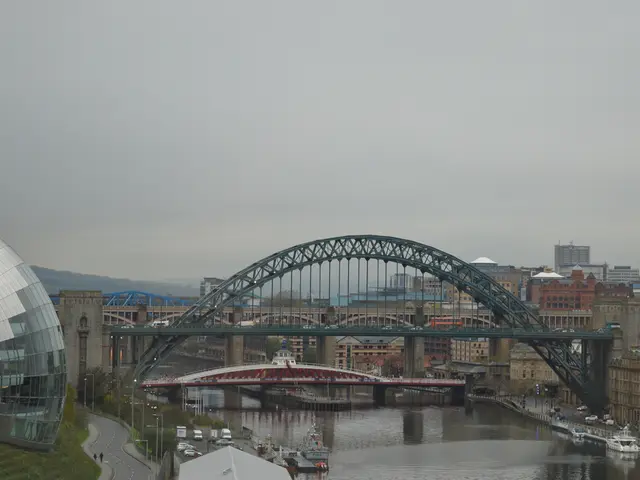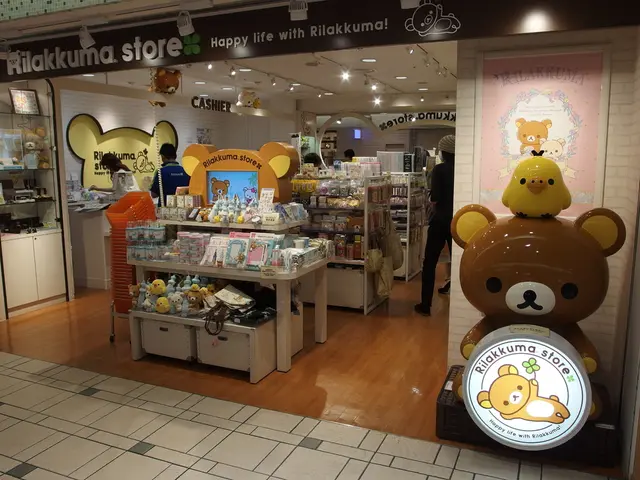Essential Janitorial Inspection Checklist for All Time
A janitorial inspection checklist is an essential tool for cleaning businesses, ensuring consistent, thorough, and systematic cleaning and maintenance of facilities. This structured approach helps organize tasks, assign accountability, track completion, and provide documented proof of cleaning quality and compliance.
The structure of a janitorial inspection checklist typically includes the following elements:
- Title and general information: This section includes the date, location, inspector name, and the scope of the inspection.
- Cleaning tasks and areas to inspect: Specific items or zones such as floors, restrooms, waste bins, countertops, carpets, windows, equipment, and high-touch surfaces are listed.
- Frequency and standards: Indicating how often each task should be done and what quality standards must be met.
- Task-specific details: Descriptions of tasks like vacuuming, dusting, mopping, disinfecting, trash removal, and replenishing supplies are provided.
- Safety and compliance checks: Proper storage of cleaning chemicals, employee hygiene, use of PPE, and pest control are included in this section.
- Status indicators: Checkboxes or spaces for marking completion, noting deficiencies, and adding remarks or corrective actions are provided.
- Sign-off section: This section is for the inspector or cleaning staff to confirm the inspection and cleaning was completed satisfactorily.
This checklist structure provides a clear operational guide and accountability system that prevents overlooked areas, maintains cleanliness standards, supports health and safety compliance, improves communication between staff and managers, and facilitates audit readiness.
For cleaning businesses, using a janitorial inspection checklist helps standardize work, avoid inconsistency in cleaning attention, and quickly identify issues for timely resolution. The checklist can be a paper form or a digital tool integrated with task tracking and maintenance management systems, allowing documentation with notes or photos for evidence.
Regular inspections provide real-time feedback from the team and make them feel more comfortable about contacting the manager when an issue arises. It's important to divide items by room to make it easier to complete a thorough inspection, and every job requires a unique checklist.
In some cases, additional tools such as ATP or fluorescent marking chemicals may be used for deep cleaning jobs. ATP is used to verify that medical surfaces are completely cleaned and disinfected, while fluorescent marking chemicals light up in UV or blacklight to check for any spots that were missed during cleaning.
Inconsistent ratings can lead to confusion and low-quality work, so it's important that all inspectors receive the same training and have a clear understanding of the rating system. Janitorial inspections can be formal or informal, with formal inspections being more thorough and providing a detailed report of cleanliness.
Some business owners prefer surprise inspections to prevent their team from putting extra effort on inspection days, but announcing checklist inspections can also be beneficial for transparency and continuous improvement. Whichever method is chosen, the main purpose of a janitorial inspection remains the same: to ensure a clean, safe, and well-maintained environment through systematic verification and documentation of cleaning tasks.
Read also:
- Quarterly Review of the Biotechnology and Pharmaceutical Industries: A Look Back at Q2 2025
- Summer Fruit Stars of 2025: Blueberries, Tomatoes, and Cherries Lead the Charge
- A renowned culinary artist opted to dine at this establishment:
- Expanding Plant-Based Protein Market Projected to Reach US$30.8 Billion by 2034, Exhibiting a Compound Annual Growth Rate (CAGR) of 7.1%








